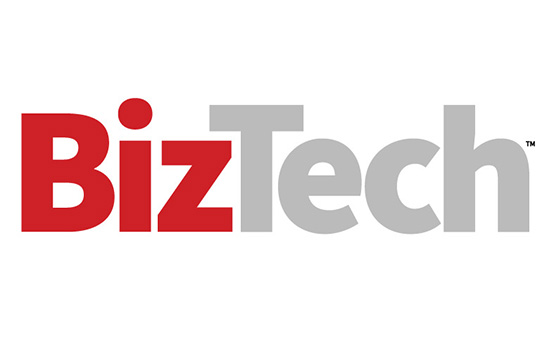Start With a Goal—and Work Backward
Before investing in tools, businesses should define what they want observability to achieve. Then, they can reverse-engineer a roadmap to get there.
“Understand where you are and where you want to be,” says Davandra Panchal, observability enterprise architect at CDW. For some organizations, the first step might be basic telemetry. For others, it could be advanced automation or AI-driven insights.
DIG DEEPER: What are the core components of any observability strategy.
Build Observability One Layer at a Time
Rather than try to achieve observability all at once, Beckendorf recommends, try building out a layered architecture:
- Layer 1: MELT data (metrics, events, logs, traces)
- Layer 2: Standardized telemetry via OpenTelemetry frameworks
- Layer 3: Application Performance Monitoring (APM)
- Layer 4+: AI models and automated root-cause analysis
The most fundamental layer is telemetry data (i.e. your MELT data). This may involve building an OpenTelemetry framework made up of applications such as database network monitoring to standardize observability practices.
The next layer, application performance monitoring, is where teams reach the most sophisticated point of observability, which are AI models.
Most businesses only need to reach Layer 3 to gain significant value. “That’s where life gets a thousand times better,” Beckendorf says. Layer 4 typically applies to the “Amazons and Netflixes of the world. They’re the ones who really need this advanced step.”













